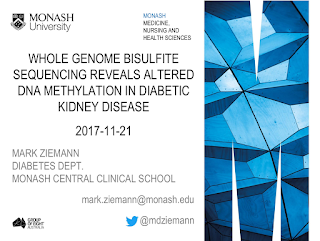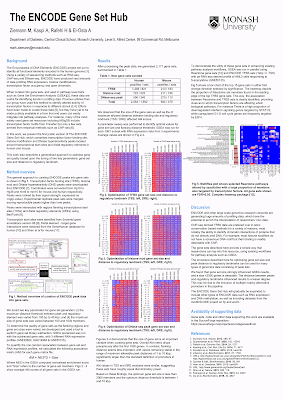Update on the DEE project Dec 2017
Back in 2015, our group described DEE, a user friendly repository of uniformly processed RNA-seq data, which I covered in detail in a previous post . Ours was the first such repository that wasn't limited to human or mouse and included sequencing data from a variety of instruments and library types. The purpose of this post is to reflect on the mixed success of DEE and outline where this project is going in future. Overall I've received a lot of positive feedback from users and a number of citations to our poster. Thanks to everyone who used, gave suggestions, comments, bug reports, etc! However our attempt to have the repository published wasn't so successful due to reviewer niggles over what I consider minor points but hard to implement quickly. The main points raised by reviewers were: Is it reasonable to treat all data sets as if they were single end? For this one, the reviewers were split, one said it was OK and the other was adamant that it was unacceptable desp...






